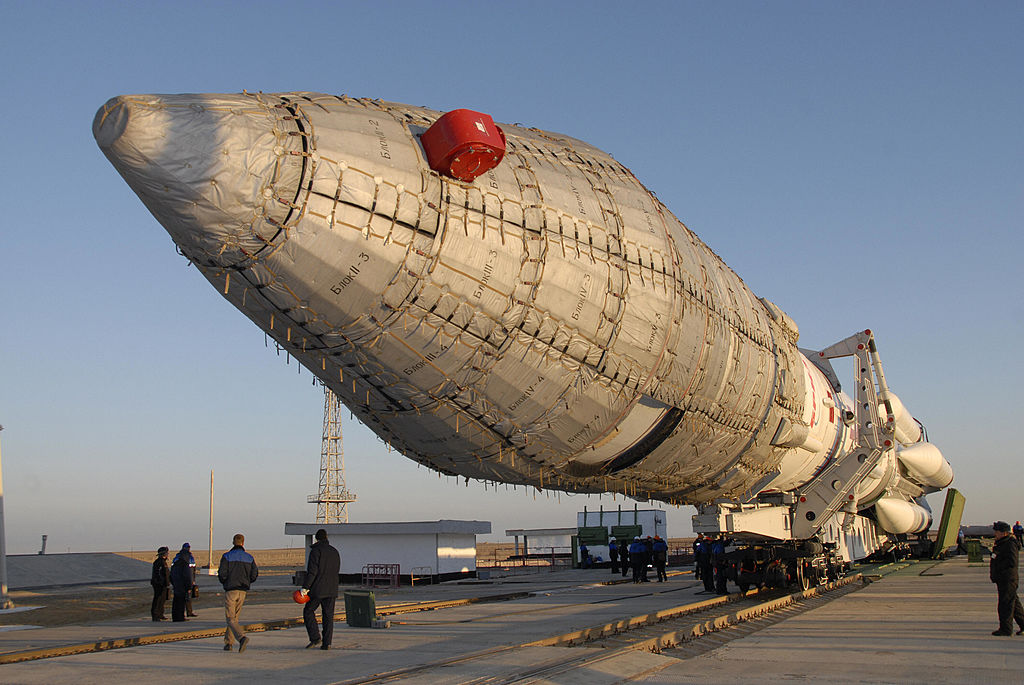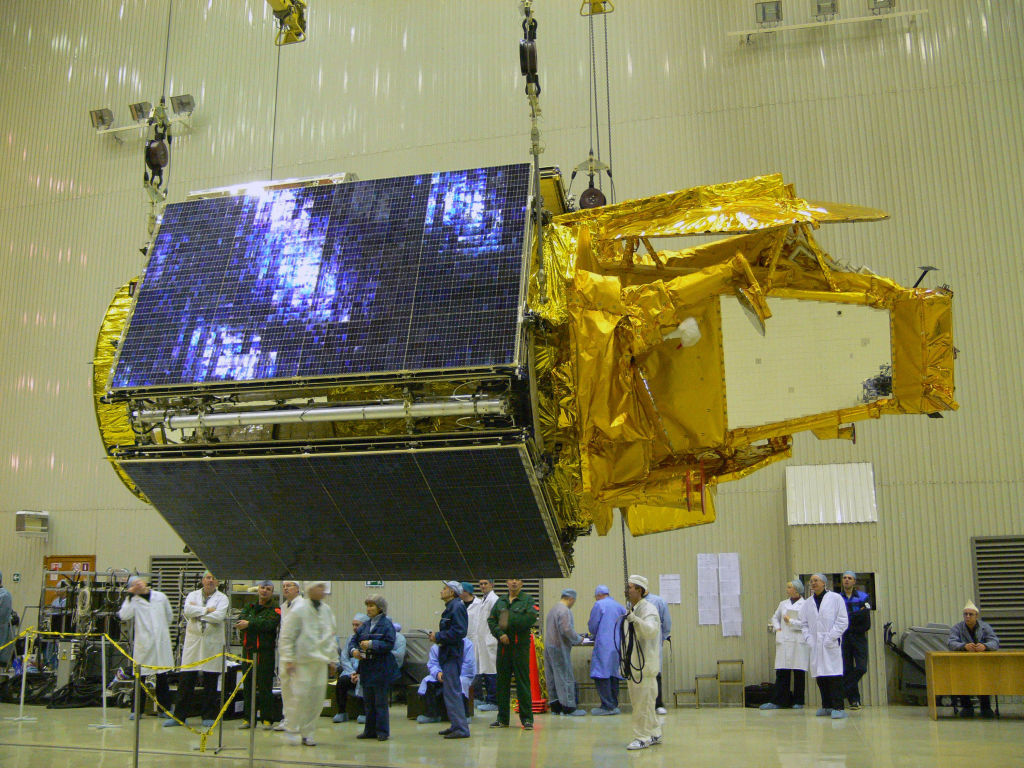Russia has military capabilities in this space

(CNN Spanish) — Is Russia developing nuclear weapons for use in space? According to sources in the United States intelligence sector, it seems so.
Is it something new? Well not so much.
In a CNN exclusive published in mid-February, these sources spoke of a new type of nuclear weapon of the EMP type (for electromagnetic pulse, in English), which would produce a pulse of electromagnetic energy with the ability to damage or disable satellites. that they orbit the Earth, possibly affecting communications.
This electromagnetic pulse, which damages electrical and electronic systems, is one of the effects created by a conventional nuclear explosion, among others, in addition to shock waves and thermal radiation.
The report comes days after members of the United States Congress and Washington allies received information about Russia’s new military capabilities in space, sparking a wave of speculation.
The sources added that the weapon is not in orbit and is still in the development phase, but it was enough to turn the world’s eyes once again to outer space, which, for the moment, seems far from conventional military conflicts such as those in Ukraine or Gaza.
“Star Wars”
EMP “is not a new concept and as a concept it dates back to the end of the Cold War,” a US official told CNN.
Since the arrival of the first man-made satellite in space, Sputnik, in 1957, the armed forces of the Great Powers have viewed this last frontier as another sphere of defense and security added to land, sea and air.

A Russian Proton-M rocket carrying communications satellites launches at the Kazakh Baikonur Cosmodrome on December 8, 2008. (Credit: STR/AFP via Getty Images)
In 1967, these tensions led to the signing of the Outer Space Treaty, which “requests States not to place in orbit around the Earth any object containing nuclear weapons or other weapons of mass destruction and not to place such weapons in celestial bodies.”
The United States and Russia are signatories to the treaty, as are China, the United Kingdom, and France.
In addition to Outer Space Treaty restrictions, Russia has developed and tested non-nuclear anti-satellite weapons, and maintains a significant fleet of satellites for military use, the creation of which began to take shape during the Soviet Union.
The United States did it too, and many Americans still resonate with the Star Wars program, as the space-focused defense initiative proposed by President Ronald Reagan was nicknamed in 1983, five years after the premiere of the popular film saga of the same name. .
Once the Cold War ended, these tensions have not subsided and, on the contrary, competition in the space continues and adds more actors.
In a recent publication by the Stockholm International Peace Research Institute (SIPRI), an organization based in Sweden, warns that “the confrontation between China, Russia and the United States in outer space is very worrying, as the use of nuclear weapons is likely to increase.”
And one of the reasons for these collisions, according to SIPRI, can occur if “space systems of strategic value are under attack or perceive an imminent threat.”
Russia’s capabilities
In 2021, the US Space Command claimed that Russia had launched an anti-satellite missile of the DA-ASAT (Direct Ascent Anti-Satellite Weapon) type, which hit a Russian satellite and created debris in Earth orbit, causing the International Space Station (International Space Station station) was endangered. ISS).

The Russian Express-AM44 communications satellite is launched at the Baikonur Cosmodrome on January 28, 2009. (Credit: AFP via Getty Images)
The United States, China and India have also tested similar anti-satellite weapons.
According to a 2024 report by the International Institute for Strategic Studies (IISS), a group of defense experts based in England, Russia has 93 satellites of all types.
Of these, 32 are for communication and 26 for positioning and navigation, which can be dual-use, i.e., civil as well as military.
But the rest are clearly for military use, with 13 dedicated to reconnaissance (ISR), 8 to electronic and signal intelligence (ELINT and SIGINT) and another 6 to early warning systems, used to detect ballistic missile launches.
In comparison, the United States has 171 satellites of all types, according to the IISS. Of these, 14 are for ISR, 32 for ELINT/SIGINT, 11 for space surveillance and 14 for early warning.
None of these countries currently have EMP or other nuclear weapons deployed in space, although the focus is now on DA-ASAT weapons, which organizations such as SIPRI and the UN General Assembly are trying to ban.




:quality(85)/cloudfront-us-east-1.images.arcpublishing.com/infobae/6J7PBHVCYFDWXE3LEL2QVSDFSQ.jpg)
